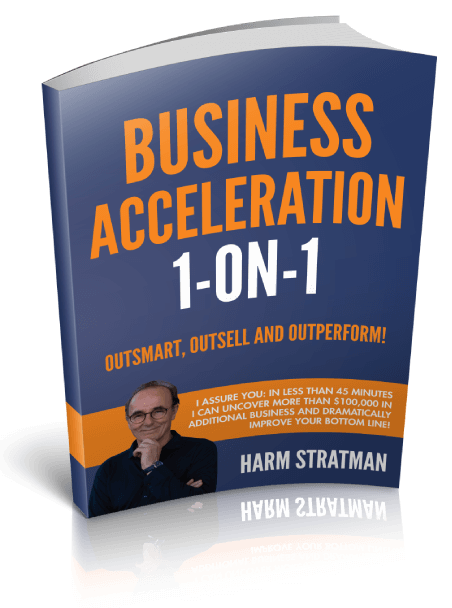In the last post, we talked about the first secret to building a solid customer service plan and how to decide what your vision is.
Today we’ll talk about the second secret in taking your satisfied customers to raving fans. You must know what your customers want. Know who your customers are and you will know better how to serve them. Demographics are essential here. An upper-class woman in her 30’s is going to have completely different expectations than a blue-collar worker in his 50’s.
There are four main areas you need to consider and plan when figuring out what your customers want:
- Listen to Your Customers
- Ask Your Customers Sincerely
- Offer More than Just a Product/Service
- Know When to Ignore Them
These are all important when deciding what your customers want out of their shopping experience.
Listen to Your Customers
It would help if you listened to both what they say and what they don’t say. Customers may say they want one thing and really mean something else. For example, if your customers are begging for lower prices, you may find out their real priority is quick delivery.
Also, listen to your “silent” customers. These customers don’t bother to complain because the service is so bad they’ve just given up and don’t feel like their voice matters. They feel unwanted, and when a competitor shows up, they’ll be gone.
Lastly, you need to listen to customers who only reply with “fine”. These customers are similar to the “silent” customers in that they are so used to bad customer service they only give a monotone response.
Ask Your Customers Sincerely
If you aren’t sincere when you ask their opinion, they will see right through you. You may be thinking, “What about the customers who aren’t saying anything?” It would help if you asked them sincere questions that get them thinking about their experiences. Make them feel like you care … and you should!
Offer More than Just a Product/Service
Your customers are looking for much more than a simple product or service; they are looking for an experience that makes them feel good. They grade you on every step of the process. When you consider this and treat them like people, they will feel like they belong.
Know When to Ignore Them
You may think this goes beyond providing good customer service, but in reality, you can’t give them everything, and you will never make some people happy. You have to set limits and stick to them. If your vision and company don’t meet the customer’s needs, they will be best suited somewhere else.
These are the steps and tricks to figuring out what your customers want and how you can use them to work on your customer service vision and plan.
If you get stuck, try our FREE test drive and let us help you through the process.

 What this really means is how are you different from your competitors and others in your industry. What makes you memorable with customers?
What this really means is how are you different from your competitors and others in your industry. What makes you memorable with customers?

